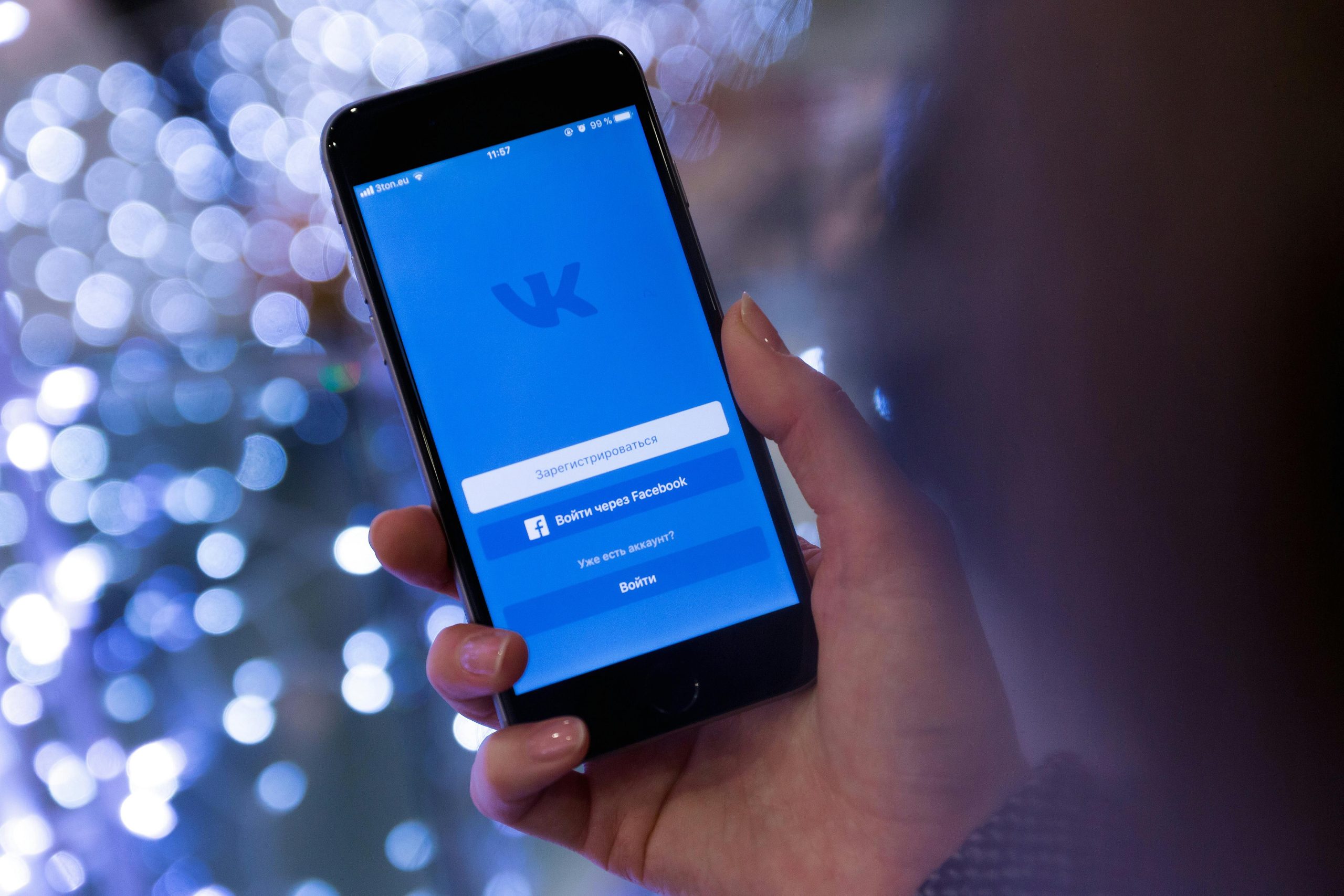Understanding User Experience: A Critical Look at Facebook’s Design Complexity
In the realm of digital design, the importance of creating intuitive and user-friendly interfaces cannot be overstated. Effective design enhances usability, encourages engagement, and fosters a positive user experience. Conversely, overly complicated interfaces can deter users, leading to frustration and disengagement. A recent examination of Facebook’s user interface raises important questions about design philosophy and execution.
An Observational Analysis of Facebook’s User Interface
Facebook, one of the largest social media platforms globally, exemplifies a multifaceted service that aims to consolidate numerous functionalities into a single platform. However, this ambitious goal has resulted in an interface that many find overwhelming and convoluted. The main screen is densely populated with numerous app bars, icons, and informational elements, which can create cognitive overload for users.
Navigation mechanisms such as the hamburger menu—the icon typically represented by three horizontal lines—lead users to a comprehensive list of features and settings. From there, users encounter additional icons, like a settings cogwheel, which further expand the complexity by directing users to multiple layers of settings and options. Navigating through these nested layers often feels like traversing a labyrinth of pages, making it difficult to locate specific features or preferences efficiently.
The Challenges of Overcomplex Design
This level of complexity raises critical questions about development priorities and user-centric design principles. While integrating a wide array of features into one platform can offer convenience, it must be balanced with clarity and simplicity. Overcrowded interfaces can obscure essential functions, diminish user satisfaction, and ultimately impair the overall experience.
Such design choices suggest a possible lack of thorough user experience testing or an underestimation of user needs and preferences. It is reasonable to speculate whether this complexity is a result of trying to cater to every possible functionality at once or a misalignment between design implementation and user expectations.
Reflections on Best Practices in User-Centered Design
Effective UI/UX design advocates for a clean, organized, and easily navigable interface. Prioritizing user needs involves reducing cognitive load, minimizing unnecessary steps, and presenting information in an accessible manner. Platforms prioritizing simplicity generally outperform cluttered counterparts in user retention and overall satisfaction.
Conclusion
Facebook’s interface exemplifies how an overly ambitious approach to feature integration can backfire when not paired with thoughtful design considerations. As the digital landscape continues to evolve, it remains essential for developers and designers to prioritize usability and user experience. Striking the right balance between feature richness and interface simplicity is key to fostering engagement and

